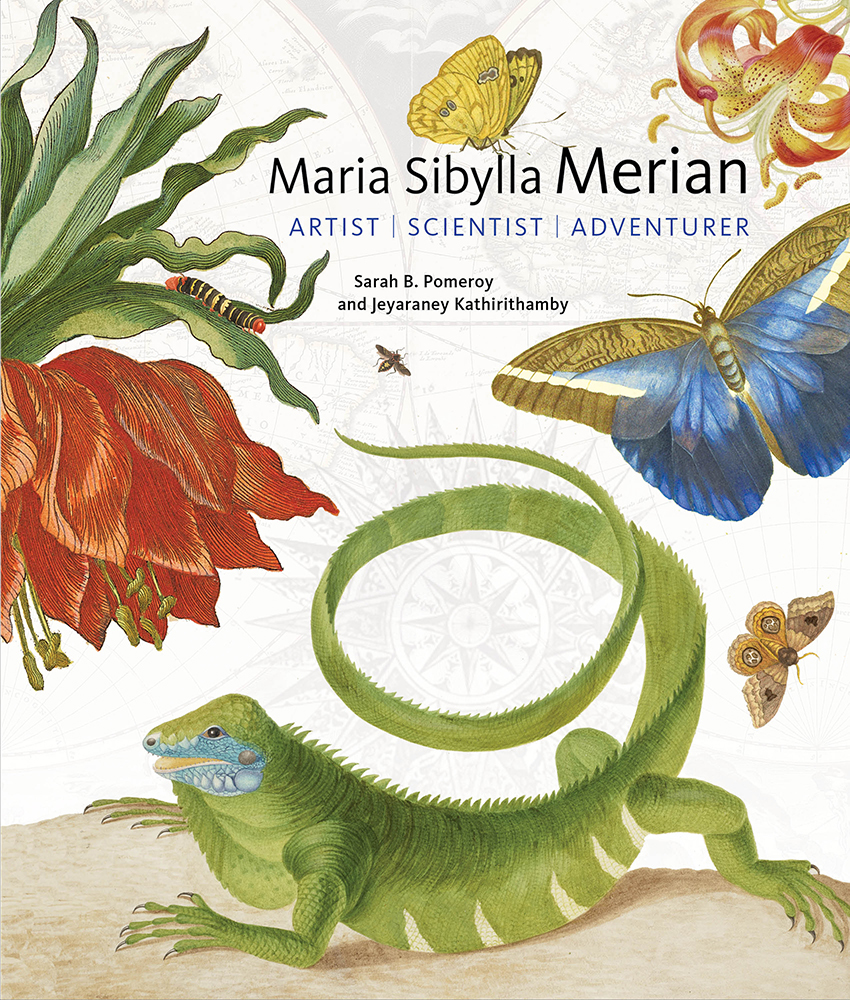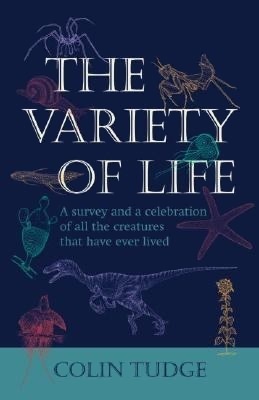Maria Sibylla Merian: Artist, Scientist, Adventurer Goodreads
作者:
Sarah B. Pomeroy
/
Jeyaraney Kathirithamby
The J. Paul Getty Trust
2018
- 2
A Moonbeam Children’s Books Gold Award Winner, Sarah B. Pomeroy and Jeyaraney Kathirithamby’s picture book Maria Sibylla Merian is the first biography of the celebrated artist, scientist, and adventurer written for ages 10 and up to enchant budding scientists and artists alike.
In 1660, at the age of 13, Maria Sibylla Merian (1647–1717) began her study of butterfly metamorphosis—years before any other scientist published an accurate description of the process. Later, Merian and her daughter ventured thousands of miles from their home in the Netherlands to the rainforests of South America seeking new and amazing insects to observe and illustrate.
Years after her death, Merian’s accurate and beautiful illustrations were used by scientists, including Carl Linnaeus, to classify species, and today her prints and paintings are prized by museums around the world. More than a dozen species of plants and animals are named after Merian.
With its lively text, quotations from Merian’s own study book, and fascinating sidebars on history, art, and science, this volume is an ideal STEAM title for readers of all ages and interests—who will be inspired by Merian’s talent, curiosity, and grit and will be swept up in the story of her life, which was adventurous even by today’s standards.
In 1660, at the age of 13, Maria Sibylla Merian (1647–1717) began her study of butterfly metamorphosis—years before any other scientist published an accurate description of the process. Later, Merian and her daughter ventured thousands of miles from their home in the Netherlands to the rainforests of South America seeking new and amazing insects to observe and illustrate.
Years after her death, Merian’s accurate and beautiful illustrations were used by scientists, including Carl Linnaeus, to classify species, and today her prints and paintings are prized by museums around the world. More than a dozen species of plants and animals are named after Merian.
With its lively text, quotations from Merian’s own study book, and fascinating sidebars on history, art, and science, this volume is an ideal STEAM title for readers of all ages and interests—who will be inspired by Merian’s talent, curiosity, and grit and will be swept up in the story of her life, which was adventurous even by today’s standards.

